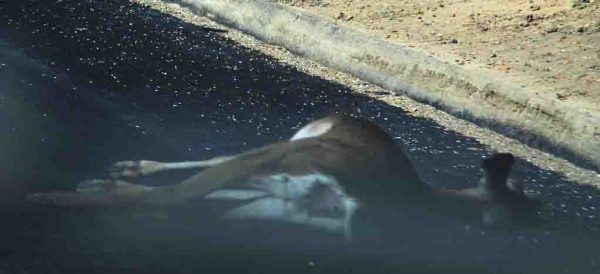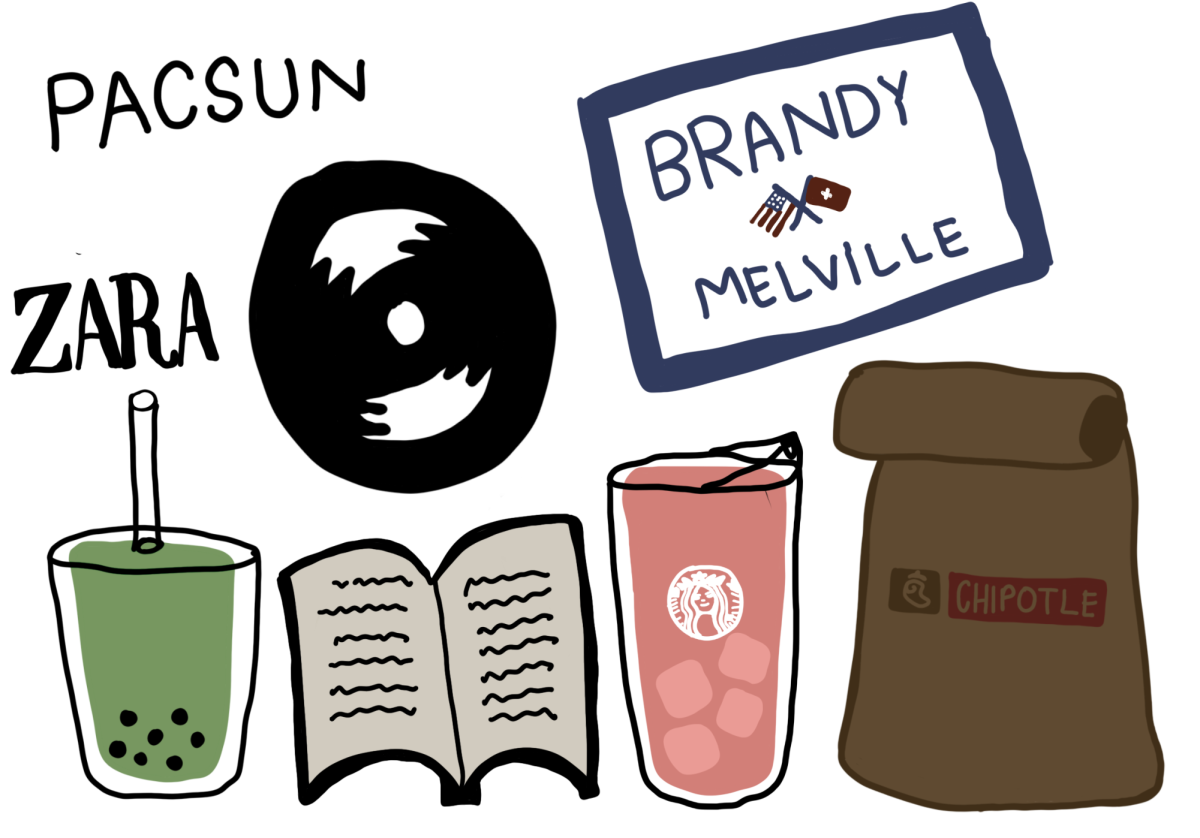Dead animals clutter the side of the road along highway 280. In recent months, deers, possums, and racoons are seen in a bloody mess.
Highway 280 is reported to be the number one crash spot for roadkill, especially around this time of year. In California, it is common to see wildlife like squirrels, deer, and racoons come closer to the highway because of environmental changes and animal habitat locations causing dangers for the animals, as well as the drivers on the road.
University of California, Davis’ Road Ecology Center researches methods to protect the wildlife and finds solutions to prevent roadkill. They dedicate their time to making sure the California roads stay safe while keeping the wildlife from going extinct.
Fraser Shilling, an environmental researcher at UC Davis, has dedicated 18 years to solving the issue of roadkill on California roads.
Shiling told the Woodside World, “San Francisco Bay Area freeways are a ring of death for animals because of the busy roads that run along side marshes.”
The marshes are where many animals live, and by having them so close to the freeways, the animals are more likely to stumble onto the roads where accidents are prone to happen.
Shilling explained, “We’ve created a situation where there’s no divider between the highway and the habitat. If we have busy highways adjacent to where we attract birds, then we are setting up conflicts.”
The recent drought has also had an effect on the animals getting closer to urban areas and highways.
David Catalano from the Nevada Department of Wildlife said, “Three years of drought is drying up fisheries in the valley and pushing some animals to urban areas looking for food and water.”
The lack of water in the rural areas is causing animals like deer to migrate to communities where water is not a problem which leads them close to dangerous roads.
Roadkill occurs is because “animals often attempt to cross the road when open space is bisected by highways,” said the UC Davis Road Ecology Center representative.
The Center hopes to add crossings at these hotspots, such as underpasses and land bridges, to improve safety for all.
Shilling explained his plan for preventing the roadkill rate to increase. “For areas that people are not willing to slow down, like on highways, we need to build structures (fences and land-bridges) to stop animals entering the highways and get them safely to the other side.”
Have you ever seen roadkill on the side of the road and wonder who is responsible for disposing of it? The CROS Project or California Roadkill Observation System has set up an easy way for roadkill in California to be reported. Anyone in the area can fill out an online report that involve you describing the location, animal, and any other information that is necessary. Someone from the website will read the report and pass it over to animal control who disposes of the carcass.
Roadkill is not only a problem for other animals, but it is a safety hazard for drivers. “It can be distracting, but the primary problem is safety – collision with the animals, or swerving to avoid an animal on the road and then crashing.”





